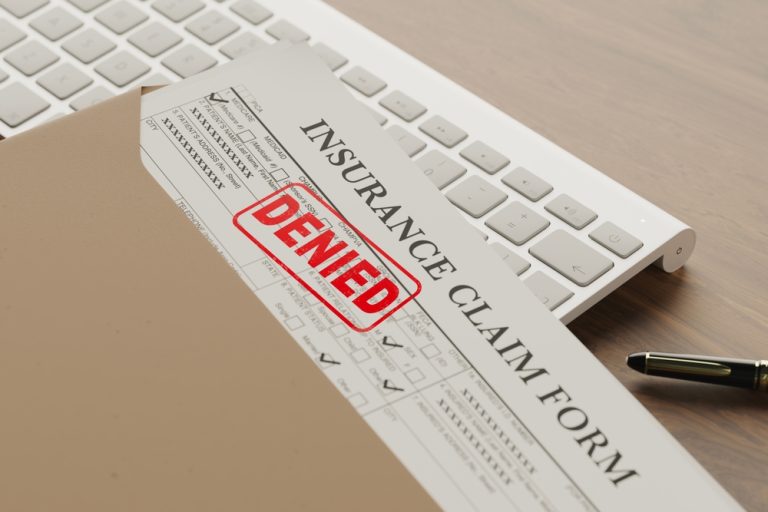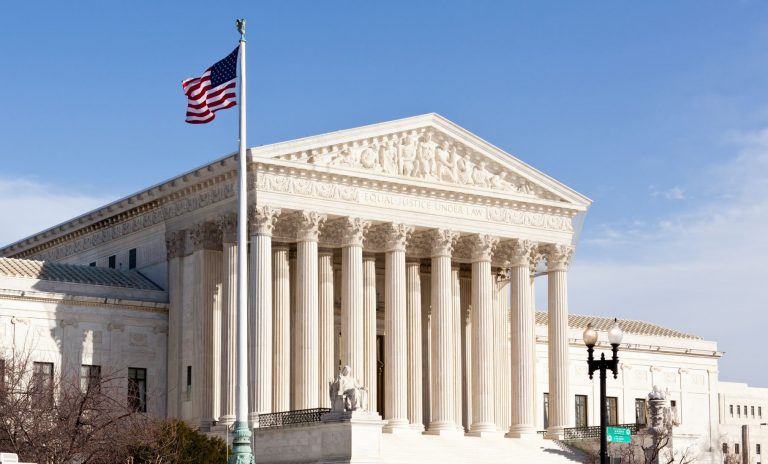When Does a Claim for Legal Malpractice Accrue in the Litigation Context?
When Does a Claim for Legal Malpractice Accrue in the Litigation Context?
The long understood rule of law in Florida is that a cause of action for legal malpractice accrues in the litigation context when the litigation is concluded by a final judgment, and the final judgment becomes final when the time for an appeal has expired, or if an appeal was taken, when the appeal is completed. This “bright-line rule” is designed to provide certainty and reduce litigation over when the statute of limitations begins to run. But, what if there are multiple claims at issue in the same litigation, and some claims reach a point of finality before others? Does the statute of limitation on a claim for legal malpractice begin to run even though other claims are yet unresolved? Well, the answer, like most, depends on the circumstances. But, under the circumstances at issue in in R.S.B. Ventures, Inc., v. Berlowitz, the Fourth District Court of Appeal recently said yes, and reversed an order dismissing a legal malpractice claim as premature. Here, the appellate court’s ruling illustrates that resolution of a claim within complex or multi-claim litigation can trigger the statute of limitations on a legal malpractice claim even though there are unresolved or ongoing claims between the parties when an attorney’s negligence results in some loss to a client that has reached a point of finality.
In Berlowitz, R.S.B. Ventures (“RSB”) took out a loan in the amount of $9.7 million secured by real property and guaranteed by its two co-Owners, Nasser Mizrahi and Dr. Veronica Motiram-Mizrahi. The bank failed, was closed by the FDIC, and the FDIC called the loan due. RSB and its owners hired the Berlowitz Defendants to fight the FDIC. Berlowitz, on behalf of RSB and the individual owners sued the FDIC and others in state court seeking, among other claims, to rescind the loan. In response, the FDIC counterclaimed against RSB seeking to foreclose and recover on the note, and filed crossclaims against the owners on their guarantees. Ultimately, it appears that Berlowitz came to the realization that he erred in suing the FDIC, and appeared to have done very little in the case thereafter.
RSB and the owners then retained the Lithman Defendants, and the Berlowitz Defendants were permitted to withdraw. But, the Lithman Defendants did very little to help their cause, and did not file a timely notice of appearance. After repeated orders to have legal counsel file an appearance were ignored, the federal district court dismissed RSB’s complaint, struck RSB’s and the owners’ answers, entered a default against RSB and directed RADC, the party substituting for the FDIC, to submit a motion for a default final judgment against RSB. Thereafter, a default final judgment was entered against RSB. Only then did Lithman enter a notice of appearance and file a notice of appeal. However, that appeal was ultimately dismissed for Lithman’s lack of prosecution. The federal district court thereafter awarded RADC attorney’s fees, reversing only for the limited purpose of adding the award to the foreclosure judgment. The real property was sold to RADC at a public auction for $4.8 million, and the case was administratively closed. Deficiency judgments had yet been entered against RSB or its two owners.
RSB and the two owners filed two separate complaints for legal malpractice against the Berlowitz Defendants and the Lithman Defendants. The Berlowitz case was dismissed without prejudice on venue grounds. With respect to the Lithman malpractice case, Lithman argued that the claim was premature because the underlying suit was still pending. The trial court agreed, and dismissed the action as premature and not ripe for adjudication. On appeal, the 4th DCA agreed that the malpractice claim brought by the individual owners was premature and properly dismissed, but disagreed with respect to the claim asserted by RSB, and reversed.
In doing so, the court wrote that the bright-line rule for establishing when a client has suffered a loss as a consequence of an attorney’s negligence “does not require that there be a determination of the full extent of all losses suffered by the client due to the lawyer’s negligence.” Thus, even if there are “collateral matters” that are not yet resolved, once a judgment adverse to a client has reached a point of finality “there is no justification for tolling the statute of limitation.” Here, a default final judgment of foreclosure was entered against RSB which became final when the Eleventh Circuit dismissed the appeal. As such, RSB suffered some loss as a result of Lithman’s alleged malpractice. Regardless of whether RSB might later become liable for a deficiency judgment, the foreclosure judgment resulted in RSB’s loss of all rights to the foreclosed property. As such, the court concluded, the adverse foreclosure judgment reached a point of finality such that RSB’s claim for legal malpractice had accrued even though collateral issues had not yet been resolved.
In reaching its conclusion, the court relied upon the Florida Supreme Court’s holding in Larson & Larson P.A. v. TSE Industries, a 2009 decision recognizing a bifurcated approach for legal malpractice claims arising out of litigation that results in two separate final judgments. Thus, while this bifurcated approach to the accrual of legal malpractice claims is not necessarily novel, the Berlowitz case is a reminder that claims resolved within claims may trigger the running of the statute of limitations for a legal malpractice claim even though the parties continue to litigate collateral issues so long as the client has suffered “some loss” as a consequence of an attorney’s negligence that has reached a point of finality.






